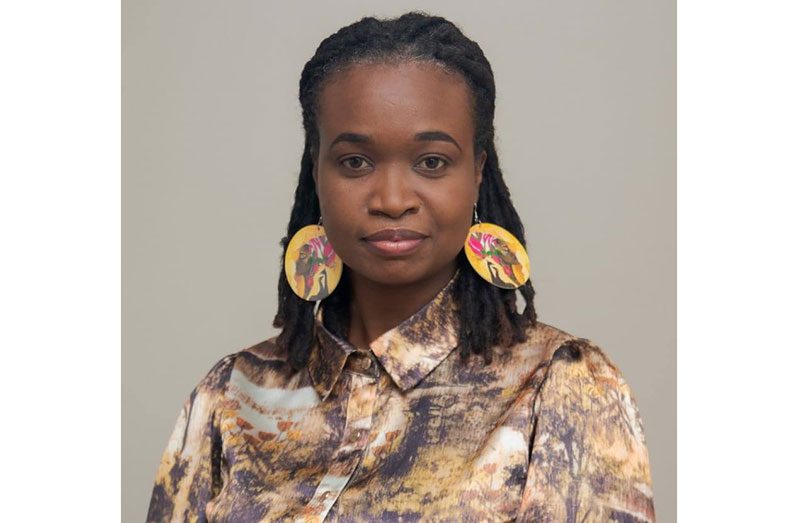GUYANA has recorded a decrease in adolescent pregnancies, according to the Director of Primary Health Care Services at the Ministry of Health, Dr Ertenisa Hamilton.
Dr Hamilton, in her address at the launch of the “EQUAL Sexual and Reproductive Health and Rights (SRHR)” project in Guyana, said that the reduction in adolescent pregnancies is due to the many initiatives implemented by the Ministry of Health.
“We started off in 2012, with 25 per cent of our teen adolescents being pregnant, and now we can say we’re at 19 per cent,” she related.
The ‘EQUAL SRHR’ project, which is being funded by the Canadian government, is another initiative that will also contribute to a further reduction in those figures, as it zeroes in on women, girls and migrants in Regions One, Seven, Eight and Nine, with the aim of enhancing systems to prevent and address incidents of Gender-Based Violence (GBV), among other things.
Dr Hamilton said too that the ministry has also seen an increase in institutional deliveries, notably in the hinterland communities.
“We know that the survival of our country is dependent on the survival of our children, and so more women who are delivering in health facilities means that there are lower maternal mortalities and also the neonates have an opportunity to survive the 28 days,” she related.
Dr Hamilton also alluded to the roll out of other initiatives and projects by the ministry in collaboration with international partners.
“There are a couple of initiatives that we’re working on that would have started showing progress, but we’re hoping to expand over the next couple of years,” she said.
One of the many initiatives is the ministry’s maternity waiting homes established in several hinterland communities.
“Now this is mainly for our indigenous regions, where we encouraging women to come early from [their] villages to a home where they can be assured the requisite care until they’re ready for labour,” Dr. Hamilton said.
The ministry, she added, has also focused on the training of healthcare workers to safeguard against women against postpartum haemorrhaging, which was the leading cause of maternal deaths in the country’s indigenous communities.
“… one of the areas also we are looking at is zero maternal deaths by haemorrhage. Not so long ago, postpartum haemorrhage was the main cause of death in Guyana. And I don’t have to tell you that a lot of it also came from our indigenous community,” Dr Hamilton said.



.jpg)








